Fujiidera Temple and the Goddess with 1,000 Arms
Few would expect that one of the Saigoku Pilgrimage temples would be at the end of a shopping street on the outskirts of Osaka. Home of beautiful wisteria gardens and a rare thousand-armed statue of Senju Kannon Bosatsu, Fujiidera Temple attracts visitors from all over Japan every year.
Fujiidera Temple
Built in 725 on the orders of Emperor Shomu, Fujiidera Temple was a massive temple with two main halls and two three-story pagodas.
In 1096 a number of the temple’s buildings were worn down and in need of repairs. At this time, the nobleman Fujii Yasumoto donated substantial funds to the temple, allowing the necessary repairs to be made. In a display of gratitude for these repairs, the temple renamed itself “Fujiidera”
The west gate of Fujiidera Temple faces the shopping street from the Fujiidera Station and is the oldest structure in the entire temple grounds, and the main gate, the Niomon Gate, is a little further down.
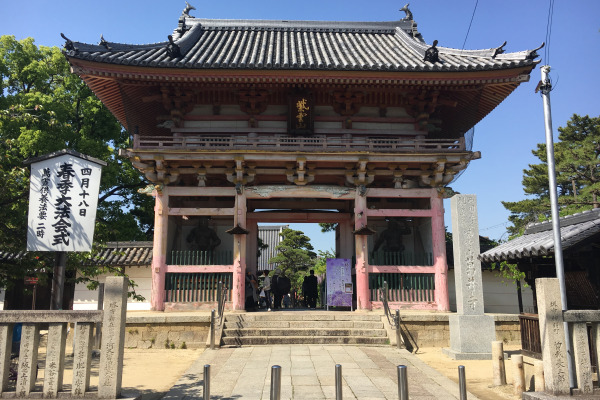


Every year, the temple hosts a small wisteria festival, where guests can come and enjoy the beautiful draping vines of wisteria flowers that decorate the temple grounds. This is easily the best time to visit the temple.
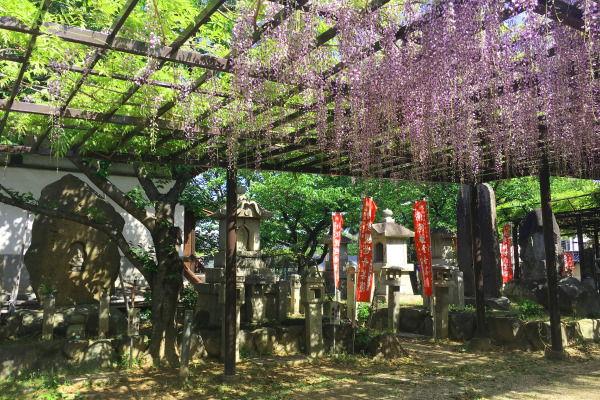
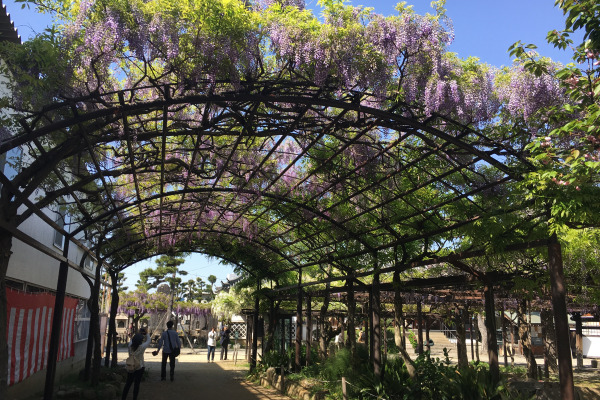
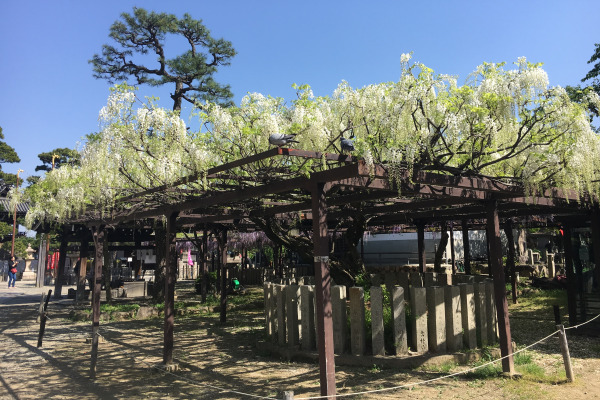
Hondo
The main Buddha of this temple is Senju Kannon Bosatsu. The statue here, made at the time of the temple’s founding, is the only Buddha statue from the Nara Period left in Osaka, undoubtedly making it a national treasure.
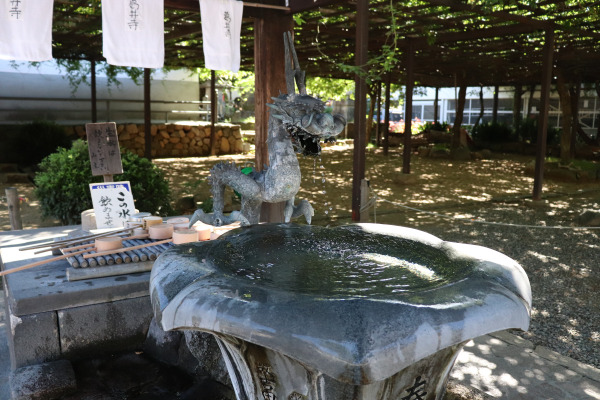
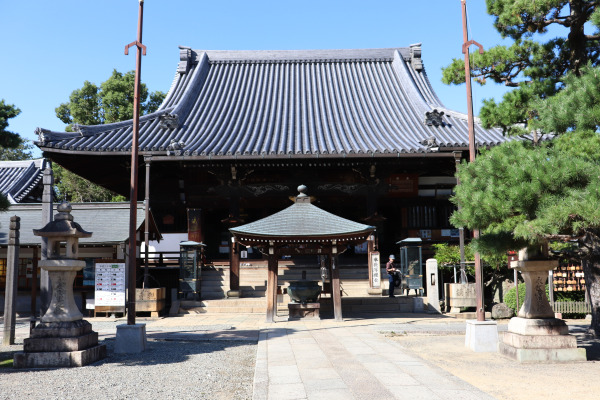
There are many temples whose main Buddha is Senju Kanon. However, in general, it is much more common to see statues of Senju Kannon with forty arms, even though “senju” means one thousand arms.
Fujiidera’s Senju Kannon is a true senju, with two big arms folded in prayer, forty medium arms, and thousand-one small arms.
You can see the statue of Senju Kannon on the 18th of every month, so especially try to stop by then if you can.
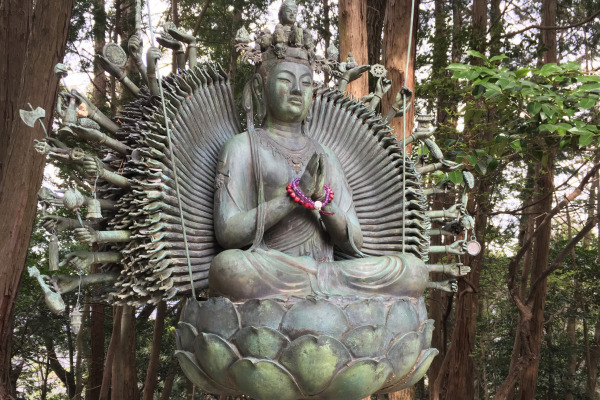

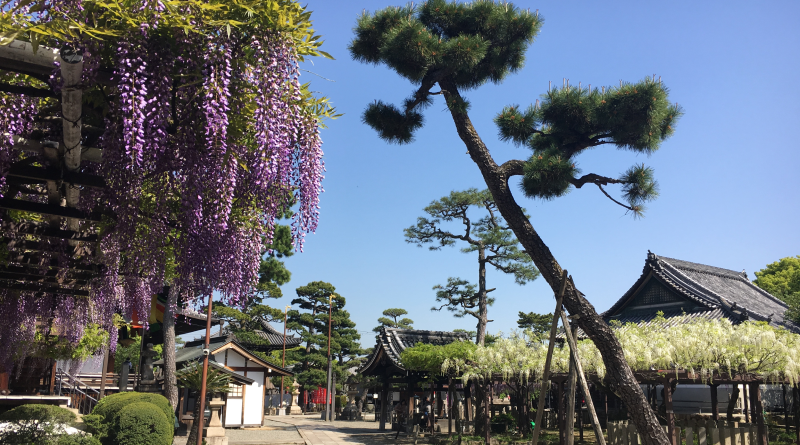
Leave a Reply